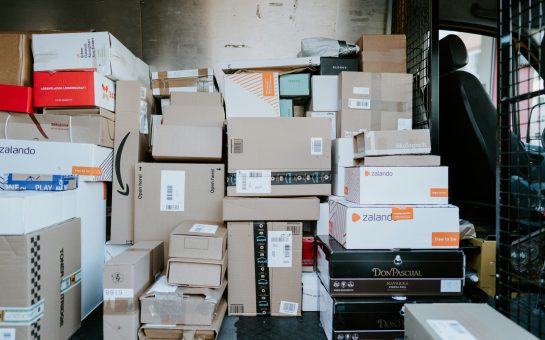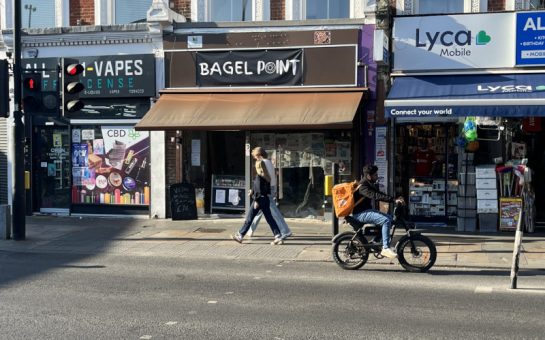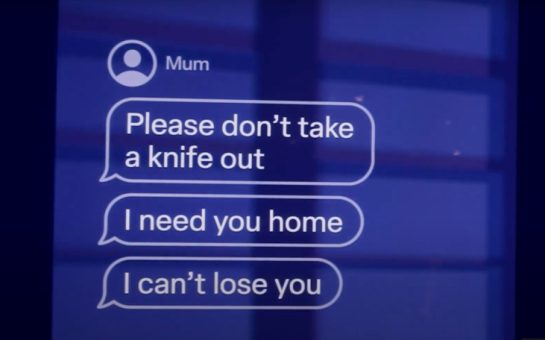Disabled women are more than twice as likely to experience domestic abuse than non-disabled women, according to data released by the Office for National Statistics (ONS).
From April 2019 to March 2020, 17.5% of disabled women were victims of domestic abuse compared to 6.7% of non-disabled women according to the report released this month.
The data comes from the Crime Survey for England and Wales, which is a face-to-face victimisation survey that asks around 35,000 people about their experiences with crime in the 12 months prior to the interview.
The data also shows that disabled men were more than twice as likely to experience domestic abuse than non-disabled men, at 9.2% compared to 3.6%.
Domestic abuse in the Crime Survey for England and Wales combines the following types of abuse: non-sexual abuse by a partner or other family member, sexual assault carried out by a partner or other family member, physical force, emotional or financial abuse, or stalking carried out by a partner or other family member.
The data also showed the proportion of disabled people experiencing any domestic abuse in the last year by impairment type.
In the UK, there are only two charities that provide specialist services for domestic abuse survivors.
One of these charities is Stay Safe East, which provides support to disabled survivors of domestic abuse in London.
The chief executive of Stay Safe East, Ruth Bashall, said that the Crime Survey data is an underestimate and she thinks that in reality it is three times more likely that disabled people will experience domestic abuse than non-disabled people.
She said that the Crime Survey does not include disabled people in residential care who were abused before they started living in a residential home, and who might still be experiencing financial or emotional abuse.
She added that another issue with the Crime Survey is that it is not very accessible and so excludes people in the deaf community.
She also explained that there was a large set of factors causing this higher prevalence of domestic abuse amongst disabled people.
She said: “Domestic abuse is about power within relationships. The power of relationships between disabled people and their partners or their families are often very unequal.
“I think that perpetrators know that they will get away with it because nobody listens to us and nobody believes us. The abuse is invisible.”
She added that disabled people face more barriers in leaving abusive relationships and are less informed because most information about domestic abuse is inaccessible.
SignHealth, the other charity in the UK providing specialist services for survivors of domestic abuse, specialises in helping deaf survivors and it aims to make information about domestic abuse more accessible to deaf people.
Marie Vickers, Domestic Abuse Service Manager at SignHealth, explained how many mainstream domestic abuse services are inaccessible to deaf people.
She gave the example of mainstream domestic abuse charities’ helplines, pointing out that deaf people cannot use them, and suggested video calling and texting services would be more accessible.
She said: “What the inaccessibility of mainstream domestic abuse services means is when a deaf person does experience domestic abuse, and they ask for support, they have a lot more barriers to overcome, which puts them at even higher risk.”
The Crime Survey data also shows that in both the 25-34 and the 34-44 age categories, disabled people were three times more likely to experience domestic abuse than non-disabled people.
Director of Public Affairs at domestic abuse charity SafeLives, Jessica Asato, said that one key thing to tackle the prevalence of domestic abuse amongst disabled people was heightened awareness of the issue.
She explained that many disabled domestic abuse sufferers do not see themselves as victims, so do not think that domestic abuse services are for them.
She said: “Often a visual representation of a domestic abuse survivor will be non-disabled white women with kids.
“We just need to understand that actually, there is no typical victim of abuse. Anyone can be a victim, including disabled people.”
She added that this misconception of domestic abuse causes public sector professionals to ignore or fail to recognise domestic abuse against a disabled person.
She explained that social workers or healthcare professionals working with disabled people often misperceive controlling or coercive behaviour as a family or partner carer just trying to do their best for the victim.
She added that there are not enough specialist services for disabled victims of domestic abuse and that there needs to be increased funding to expand services such as Stay Safe East and Sign Health.




